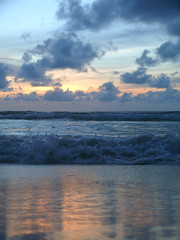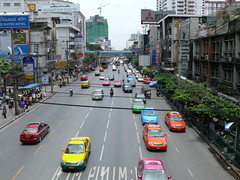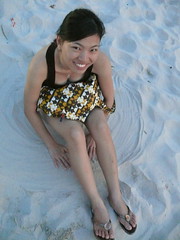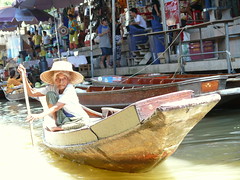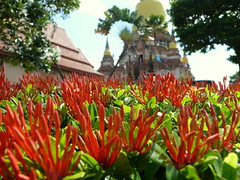Japanese researchers have succeeded in producing see-through frogs, letting them observe organs, blood vessels and eggs under the skin without performing dissections.
"You can see through the skin how organs grow, how cancer starts and develops," said the lead researcher Masayuki Sumida, professor at the Institute for Amphibian Biology of state-run Hiroshima University.
"You can watch organs of the same frog over its entire life as you don't have to dissect it. The researcher can also observe how toxins affect bones, livers and other organs at lower costs," he said.
Dissections have become increasingly controversial in much of the world, particularly in schools where animal rights activists have pressed for humane alternatives such as using computer simulations.
Sumida said his team, which announced the research last week at an academic conference, had created the first transparent four-legged creature, although some small fish are also see-through.
The researchers produced the creature from rare mutants of the Japanese brown frog, or Rena japonica, whose backs are usually ochre or brown.
Two kinds of recessive genes have been known to cause the frog to be pale.
Sumida's team crossed two frogs with recessive genes through artificial insemination and the offspring looked normal due to the presence of more powerful genes. But crossing the offspring led to a frog whose skin is transparent from the tadpole stage.
"You can see dramatic changes of organs when tadpoles mutate into frogs," said Sumida, whose team is seeking a patent.
Such frogs could theoretically exist in the wild but it is "virtually impossible" they would naturally inherit so many recessive genes, Sumida said.
The transparent frogs can also reproduce, with their offspring inheriting their parents' traits, but their grandchildren die shortly after birth.
"As they have two sets of recessive genes, something wrong must kick in and kill them," Sumida said.
While the researchers relied on artificial insemination, they said that genetic engineering could also produce transparent and even illuminating frogs.
Sumida said researchers could also inject into the transparent frogs an illuminating protein attached to a gene, which would light up the gene once it manifests -- for example, showing at what stage cancer starts.
Sumida said it would be unrealistic to apply the same method to mammals such as mice as their skin structure is different.



















